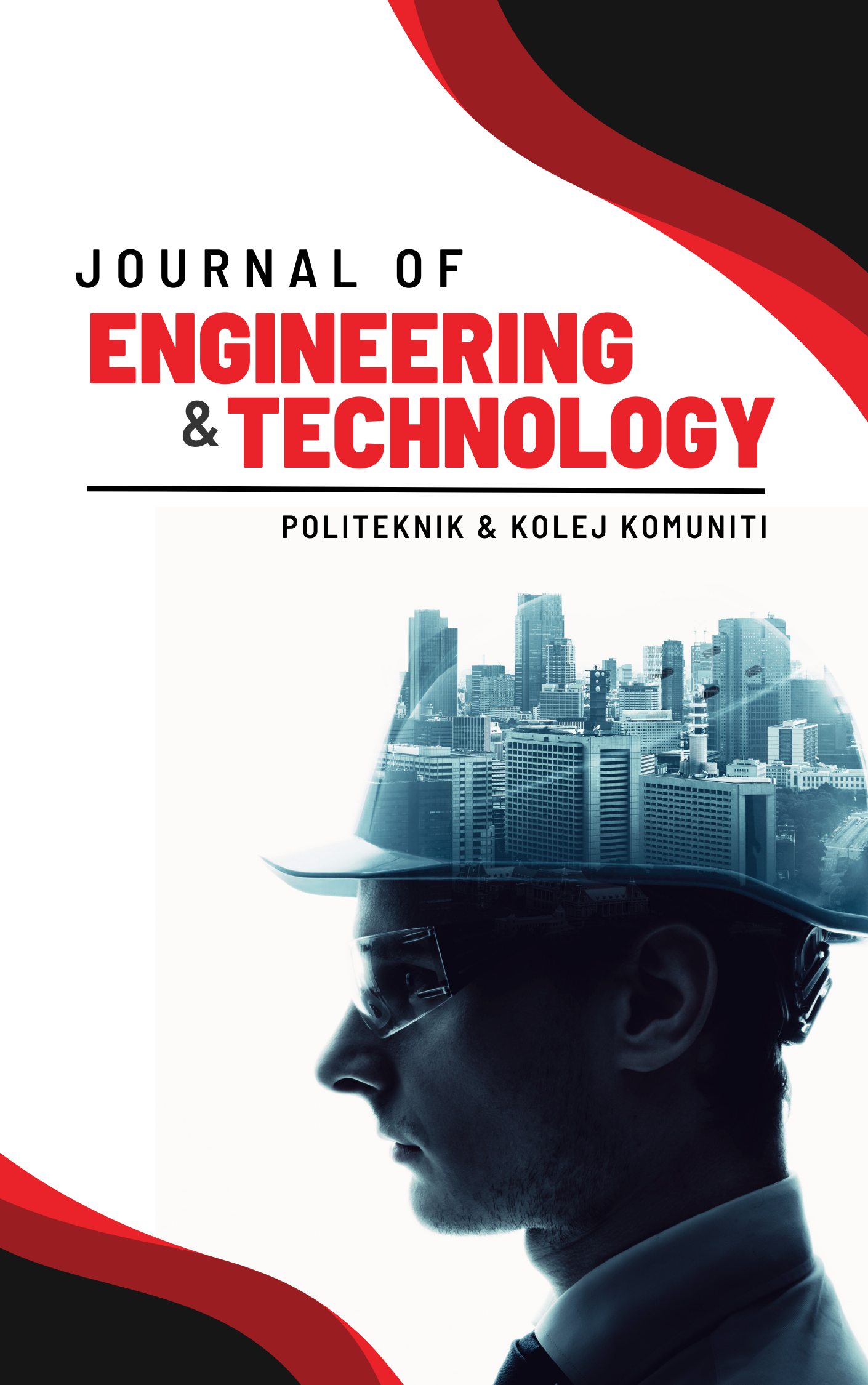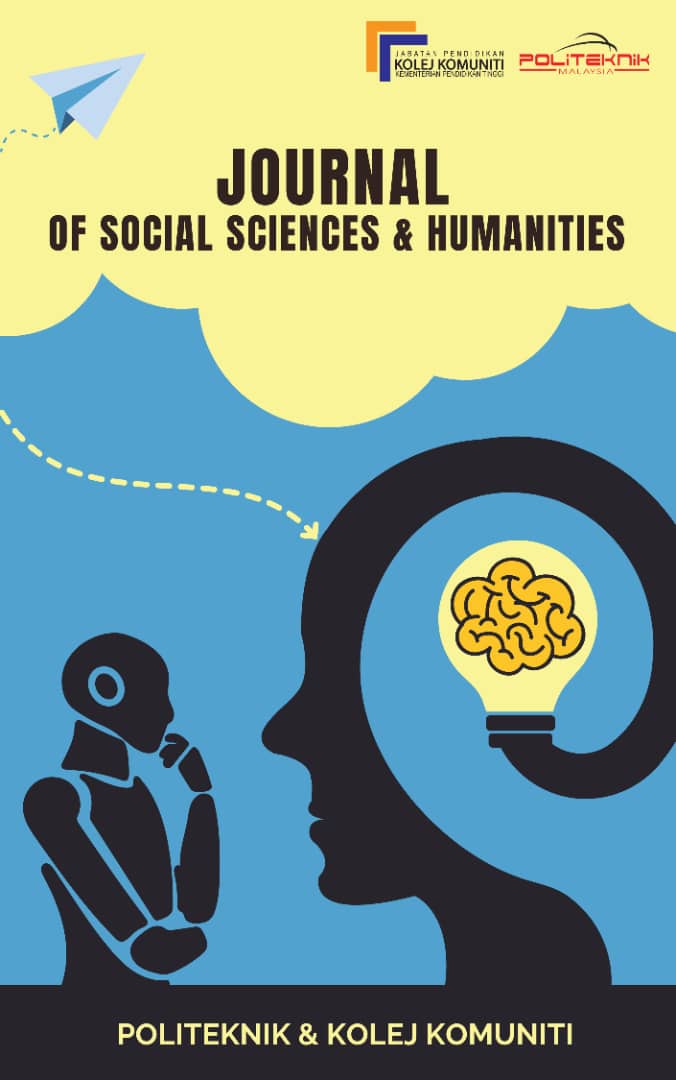Effectiveness of Fixed 'Pole-Jurin' Compared to Conventional Methods in Practical Work in Kuching Polytechnic Sarawak : A Comparative Study
Keywords:
Traverse, Pole-Jurin, Prism, Total Station, TheodoliteAbstract
Abstract
Land survey is a measurement work on the ground marked with boundary stones or temporary bench mark while using tools such as theodolite or total station and two prisms to measure the angle and distance between certain points in the field. Usually the prism will be erected on rear and front view stations as markers and the angle will be measured using the total station. This practice is common for Diploma in Geomatic (DGU) students to carry out traverse survey work around the Kuching Polytechnic Sarawak (PKS) area every time they practice it. The practice of cadastral surveying in Sarawak allows the use of 'pole-jurin' to replace the prism in the marking of the observed measuring stations. Usually in minimal use only one prism is carried along with the total station. Thus, the large amount of equipment, weight and long period of time providing the station using 'pole jurin' became a constraint for DGU students in PKS. Pole-jurin is permanently designed using readily available materials. The results showed that the weight of the fixed pole-jurin was 1 kg and the time to set up for only 2 minutes on average. Prototypes are tested for effectiveness throughout field tests that are evaluated in terms of durability. Questionnaires are carried out to obtain feedback from students and lecturers. In fact, the questionnaire found that the 4th item fixed pole-jurin was easier to use with the highest score of 4.67. Therefore, the use of fixed pole-jurin remains easier to take to the field and stored in survey workshops using minimal space. Thus, in the cadastral survey work in PKS students will bring one total station, one prism and the rest is a pole-jurin whose number depends on the need.
Keywords: traverse, pole-jurin, prism
Downloads
Published
Issue
Section
License
Copyright (c) 2024 Politeknik & Kolej Komuniti Journal of Life Long Learning

This work is licensed under a Creative Commons Attribution-NonCommercial-NoDerivatives 4.0 International License.









